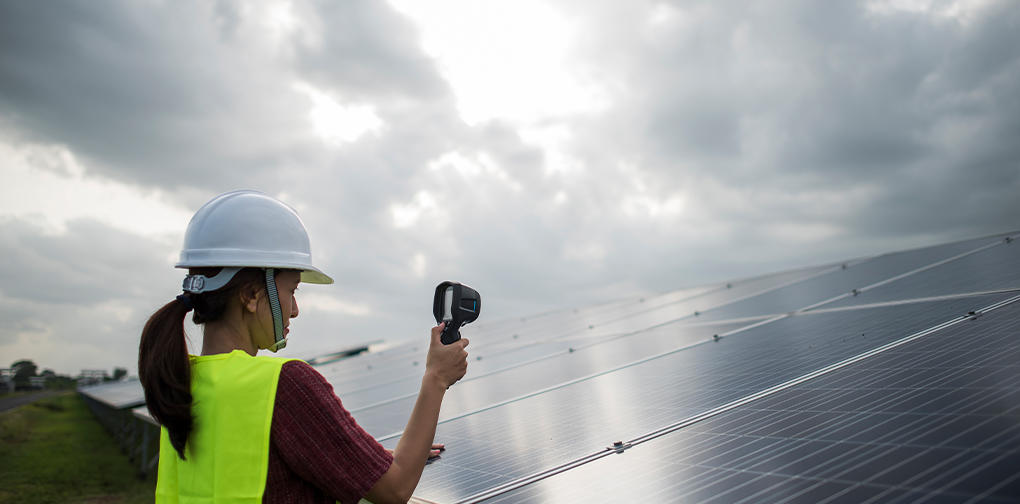
Solar power systems are becoming a preferred energy solution for homes and businesses across India. While sunlight is essential for generating electricity, many users assume that higher temperatures improve performance. In reality, high heat can reduce output, making it important to understand how temperature affects solar panels—especially in tropical regions. The focus is on the heat impact on solar panels, how it influences solar panel efficiency, and how modern technology along with professional installation service practices helps minimize losses.
How Heat Impacts Solar Performance
Solar panels operate based on light, not heat. Under Standard Test Conditions (STC), panel performance is measured at 25°C. As temperatures rise beyond this point, the semiconductor material inside the panel experiences increased resistance. This leads to a reduction in voltage, which directly affects power output.
Although panels continue producing electricity under heat, their output gradually declines. This natural heat impact on solar panels is common in countries with long summers or high roof temperatures. The level of impact varies depending on the panel’s temperature coefficient, quality, and installation method.
Why Efficiency Drops at Higher Temperatures
The relationship between heat and performance is linear—higher temperature leads to lower solar panel efficiency. Panels can reach 55–65°C on hot days, especially on metal sheet rooftops or in low-ventilation areas. This temperature rise reduces voltage and affects overall system production.
Regular monitoring, proper mounting structures, and selecting panels with low temperature coefficients can help reduce the heat impact on solar panels and ensure better energy production throughout the year.
Temperature vs Efficiency Loss
| Cell Temperature (°C) | Output Loss (%) | Notes |
|---|---|---|
| 25°C | 0% | Test condition |
| 35°C | 3–5% | Small drop |
| 45°C | 7–10% | Noticeable loss |
| 55°C | 12–15% | Common rooftop temperature |
| 65°C | 18–22% | Significant drop in solar panel efficiency |
If you want a Bootstrap version or styled version, just tell me!
How Modern Technology Reduces Heat Loss
Advancements in the latest solar panel technology have made modern panels far more adaptable to heat than older models. Technologies such as N-Type TOPCon, PERC, half-cut cells, and bifacial panels offer improved thermal stability and optimized temperature coefficients.
These technologies enhance heat dissipation, reduce internal resistance, and maintain stronger voltage levels. As a result, systems incorporating modern modules consistently show higher solar panel efficiency, even during peak summer months.
High-quality back sheet materials, a stronger frame design, and improved airflow engineering also contribute to stable performance under heat stress.
Installation Techniques That Improve Performance
Engineering plays a crucial role in managing heat. Proper design can significantly reduce the heat impact on solar panels. For example:
- Panels mounted with adequate ventilation cool faster.
- Elevated mounting structures allow better airflow.
- Positioning panels away from heat-absorbing surfaces improves efficiency.
- Regular panel cleaning removes dust, which otherwise traps heat.
When panels are installed correctly, systems maintain stronger output and better long-term reliability.
High temperatures do reduce solar output due to increased cell temperature and voltage drop. However, modern engineering, better ventilation, and advanced PV technologies help minimize the heat impact on solar panels. With proper design, quality components, and well-executed Project planning, systems maintain strong solar panel efficiency, ensuring reliable performance throughout the year.
